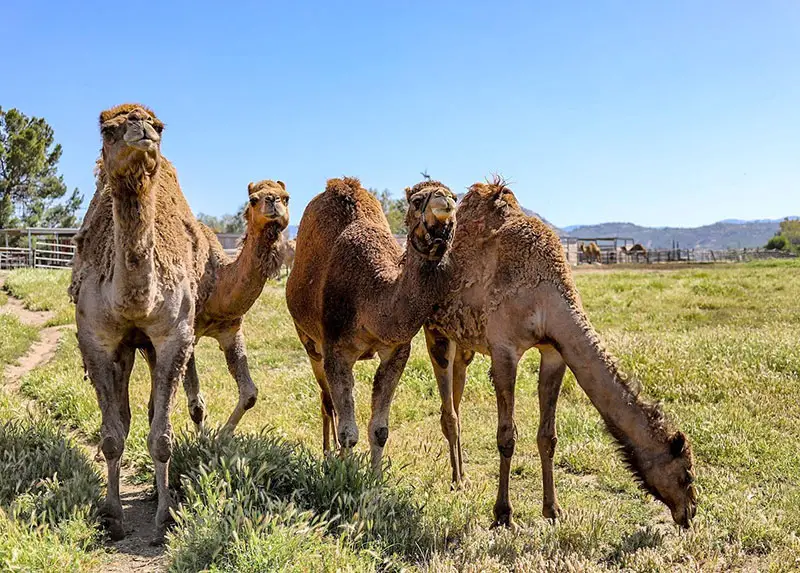Have you ever gazed upon the mesmerizing sight of bats flitting across the twilight sky, their wings creating a mesmerizing dance against the canvas of dusk? These fascinating creatures, the only mammals capable of true flight, hold a special place in our world. But have you ever wondered, what is a group of bats called?
While the answer might seem straightforward, the world of bat terminology is surprisingly diverse, offering a glimpse into the intriguing social lives of these aerial wonders.
Collective Nouns For Bats
The most commonly used collective noun for a group of bats is a colony. This term aptly captures the essence of bat social behavior. Bats, particularly the microbat species, often form large, tightly-knit communities that share roosting sites. These roosts can be found in caves, abandoned buildings, or even hollow trees. Within these colonies, bats establish complex social hierarchies and cooperate in raising their young, creating a truly remarkable display of collective living.
Here are some examples showcasing the use of “colony” in a sentence:
- The colony of bats emerged from the cave at dusk, their wings creating a rustling symphony.
- Scientists are studying a colony of bats in the Amazon rainforest to understand their role in the ecosystem.
- The conservation efforts helped protect a vital cave that housed a large colony of bats.
Beyond the Colony: Unveiling Other Collective Nouns
While “colony” is the most widely used term, the language offers other fascinating options to describe a group of bats, depending on the context:
Cloud: This term evokes the image of a large group of bats tightly clustered together, resembling a fluffy cloud drifting across the night sky.
Swarm: This word evokes a sense of movement and activity, depicting a dynamic group of bats flying in a coordinated pattern.
Flight: Similar to “swarm,” this term emphasizes the act of flying and paints a picture of a group of bats gracefully soaring through the air.
Here are some examples showcasing the use of these alternative collective nouns:
A cloud of bats swooped down from the trees, their tiny bodies disappearing into the darkness.
The evening sky was filled with a swarm of bats, their wings creating a mesmerizing hum.
A majestic flight of bats soared across the moonlit landscape, their silhouettes dancing against the silver light.
Interesting Facts About Bats
As we delve deeper into the world of bats, we discover a treasure trove of captivating facts:
- Masters of the Night Sky: Bats are the only mammals capable of true flight. Unlike flying squirrels or sugar gliders, bats have actual wings formed by a thin membrane of skin stretched between their elongated fingers.
- Unique Dietary Habits: While most bats are insectivores, some species have adapted to more specific diets. For example, vampire bats feed on blood, while fruit bats, as their name suggests, primarily consume fruits and nectar.
- Nature’s Navigators: Bats possess the remarkable ability of echolocation. They emit high-frequency sound waves and interpret the returning echoes to navigate their surroundings and locate prey in complete darkness.
- Seasonal Slumbers: Many bat species undergo hibernation during the winter months when food sources become scarce. They enter a state of dormancy, lowering their body temperature and metabolic rate to conserve energy.
- Adapting to Darkness: Unlike most mammals that rely on sight for navigation, bats have adapted to thrive in total darkness. Their other senses, particularly echolocation and smell, play a crucial role in their survival.
Final Thoughts
Bats are truly remarkable creatures, playing a vital role in our ecosystems as pollinators, insect regulators, and seed dispersers. Understanding their social behavior and the diverse collective nouns used to describe them allows us to appreciate the intricate tapestry of life in the animal kingdom. So, the next time you witness a colony, cloud, swarm, or flight of bats flitting across the night sky, remember the fascinating world they represent and the vital role they play in our planet’s well-being.
Also Read:





